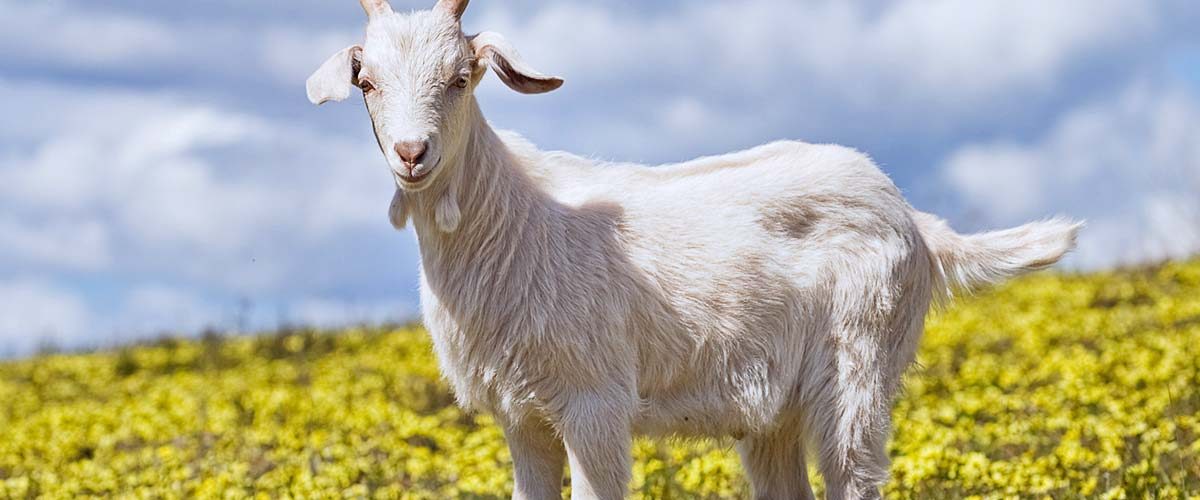The article published in the Asian Journal of Animals and Veterinary Advances by Amit Sharma, Pankaj, and Jitendra Chaudhary, aimed to show that the reproduction of Gaddi and Chegu goats reduces over the winter seasons due to climatic change. Amit said, “the change in the semen state affects the seminal fertility and quality, which is required later on for reproduction purpose”.
In India, Gaddi and Chegu goats are the main sources of livestock mainly for nomadic and hilly tribal people of Himachal Pradesh (H.P.). These breeds of goats mainly contribute towards economic benefit, nutritional value and employment generation. For example, the Chegu breeds are found at above 8000 feet altitude; hence, the fur produced is a valuable asset for textile fiber commonly known as a Pashmina.
In recent times, an unabated decline in the male breed was observed due to a large number of slaughtering and inadvertent breeding. The authors reported, “economic constraint, undeveloped policies for breed conservation and lack of new techniques lead to loss of breed utility and marginalization of goat population”.
The team stated that seasonal variance across different geographic locations indicated climatic change affects the semen quality and limits the process of artificial insemination production.
Amit found “the influence of the temperature was rather more than sunshine on the semen quality and cryo sensitivity, irrespective of the geographical location.”
Furthermore, the study results showed that Gaddi goats displayed negative HOST reactivity with a significant correlation to temperature in both fresh and post thawed semen; however, Chegu goats showed semen viability and motility correlation only in post thawed semen. Thus, temperature changes influence the semen quality, which affects the artificial breeding of the goats.
The study provides a guideline for future studies to address the impact of climatic changes on goat semen quality in the different breeds with location variance.
















Add comment